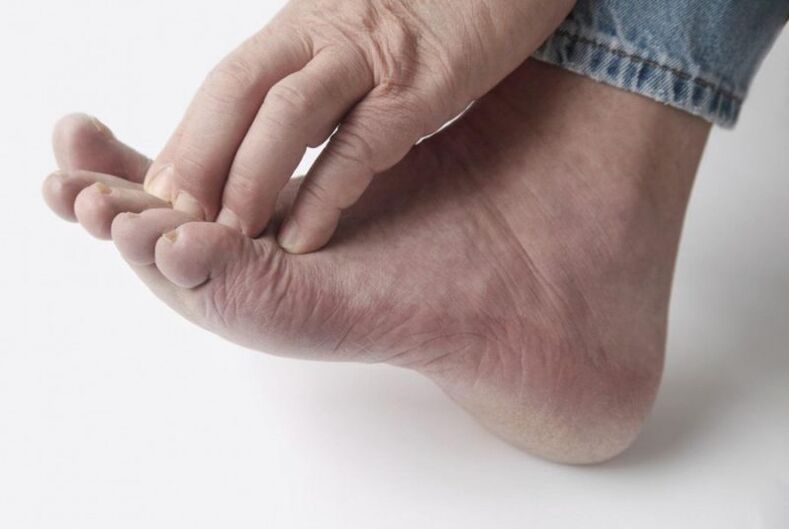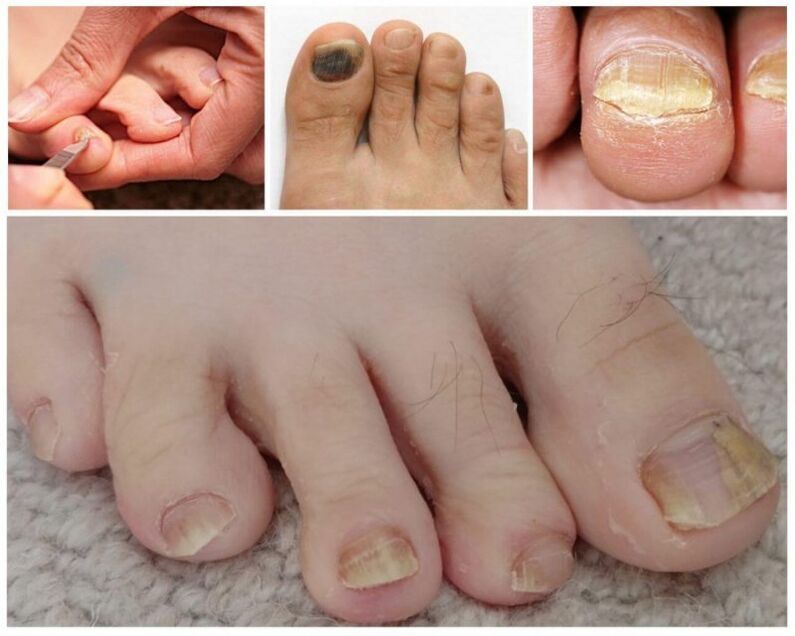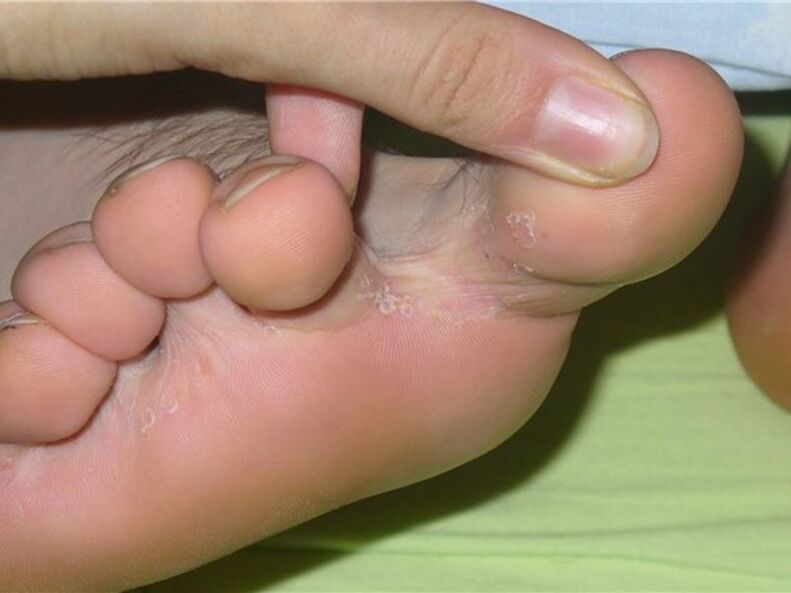Fungal infections are manifested in different ways and can affect several organs and body parts.The most common appearance is the fungus of the legs.The propagation rate of the infection is individual in each individual case and depends on a series of factors: the resistance forces of the immune system, such as the pathogen and the lifestyle and the age of the patient.

In addition, the concept of leg fungus is extensible, because the disease can touch the foot, fingers or space between them or nail plate.In each individual case, there are individual effective ways to combat the fungus.
The main symptoms of fungi infection
Before starting treatment, it is necessary to accurately diagnose the disease.In some cases, therapy remains useless for a long time due to the fact that the symptoms of fungal infections are similar to the manifestations of psoriasis or bacterial infection (streptococcal, staphylococcal infections).
The best option to determine the disease is a separate skin laboratory analysis or a skin (nail) in the lesion.This method allows not only to eliminate a particular pathogen, but also determine its sensitivity to one or another medication.
If there is no possibility to visit the laboratory, you can see a photo of the fungus on the Internet on the Internet and compare with its case.
Signs of the disease
You also need to know its main characteristics:

- itching;
- skin peeled;
- the appearance of small cracks;
- wet wounds;
- fire;
- painful feeling on palpation or walking;
- Specific rotten smell;
- The appearance of thick skin.
With damage to the nail plate, depending on the stage of the leg fungus, it can be observed:
- color change or spots;
- thickening along the edge;
- detachment;
- deformation;
- Distance from Pus.
In the last careless stage, you can see the complete cleaning of the nail.In this case, the treatment does not guarantee that the new nail has a normal aesthetic form.
Which leads to the appearance of the fungus
No one is safe from infection with fungal infection.As a general rule, several basic causes are distinguished from the appearance of the fungus in the legs, among which both the factors of the human environment and the internal processes in the body.
But, as a general rule, the disease is felt, when at some point several triggers interact with each other, they can be attributed:

- in the long term with the same pair of shoes;
- Visiting public bathrooms, saunas, swimming pools;
- infection through pedicure instruments;
- use of other people's shoes or socks;
- a long period of antibiotic treatment;
- violation of skin integrity;
- Seasonal decrease in immunity or HIV context.
Risk group
There are also risk groups of people exposed to fungal infections:
- patients with endocrine disorders (diabetic, patients with thyroid disorders);
- people with excess weight;
- Sweet lovers;
- Babies for artificial food.
Fungal treatment
To avoid relapses, doctors recommend resorting to complex therapy, that is, using medications directly in the damage and inside.How to treat the fungus in the legs depends mainly on the stage of its propagation.
In advanced cases, pharmacological therapy often turns out to be an impotent and sore section of the foot is cut by a surgical method.That is why it is important to start treatment as soon as possible, with the appearance of the first symptoms.
To understand how to effectively combat the fungus at home, you must remember the following rules:
- In no case do not take antibiotics;
- It cannot independently eliminate dead areas and try to eliminate PU (these procedures must be carried out exclusively in the sterile conditions of the clinic);
- You cannot use cosmetics (decorative nail enamel, thickets, moisturizing creams to stop)
- It is strictly forbidden to make a lounge pedicure (medical).
Traditional treatment methods

Traditional therapy methods suggest the use of antimicotic external drugs, tablets, immunostimulants and fungus varnish.
The treatment is done long and generally lasts a few more weeks after all the symptoms of the disease disappeared.
In cases where the fungus of the foot is observed, the antifungal drugs apply only after eliminating the keratinized cell layer.
This procedure must be carried out very carefully so that infected epithelium cells do not spread in the air, furniture and clothing.
The keratinized areas are removed using special tools that make the skin soft.First, the leg must be kept in hot water, after applying the ointment and leave it for a while (3-4 hours).
Some of the previous drugs can cause allergic reactions.In the case of the latter, doctors recipe antihistamines (antiallergic).
















